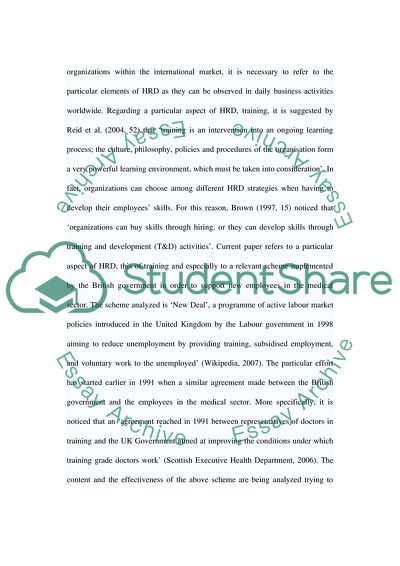Cite this document
(The Government Initiative New Deal Area of Training Assignment, n.d.)
The Government Initiative New Deal Area of Training Assignment. Retrieved from https://studentshare.org/human-resources/1543087-critically-analyse-the-goverment-initiative-new-deal-area-of-training-and-to-assess-where-such-an-approach-could-be-used-within-an-organizational-setting
The Government Initiative New Deal Area of Training Assignment. Retrieved from https://studentshare.org/human-resources/1543087-critically-analyse-the-goverment-initiative-new-deal-area-of-training-and-to-assess-where-such-an-approach-could-be-used-within-an-organizational-setting
(The Government Initiative New Deal Area of Training Assignment)
The Government Initiative New Deal Area of Training Assignment. https://studentshare.org/human-resources/1543087-critically-analyse-the-goverment-initiative-new-deal-area-of-training-and-to-assess-where-such-an-approach-could-be-used-within-an-organizational-setting.
The Government Initiative New Deal Area of Training Assignment. https://studentshare.org/human-resources/1543087-critically-analyse-the-goverment-initiative-new-deal-area-of-training-and-to-assess-where-such-an-approach-could-be-used-within-an-organizational-setting.
“The Government Initiative New Deal Area of Training Assignment”. https://studentshare.org/human-resources/1543087-critically-analyse-the-goverment-initiative-new-deal-area-of-training-and-to-assess-where-such-an-approach-could-be-used-within-an-organizational-setting.


